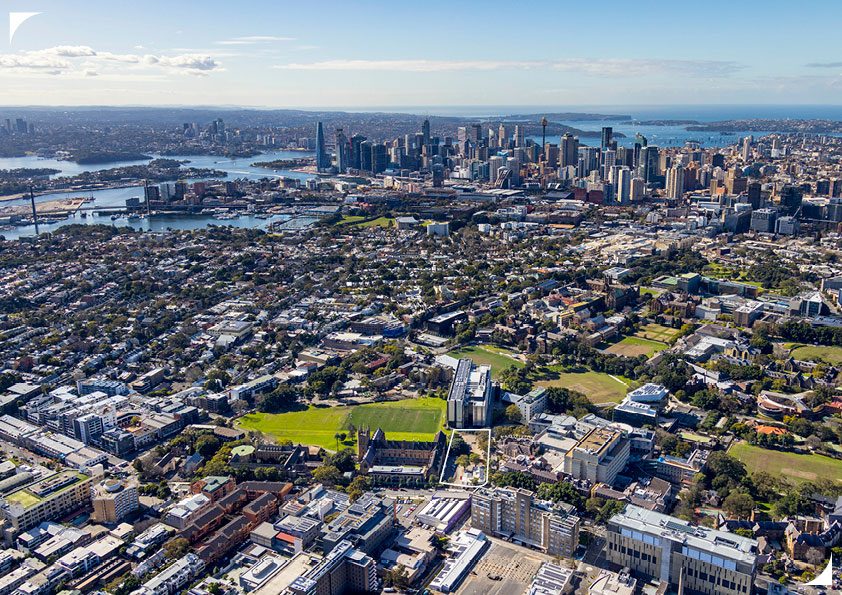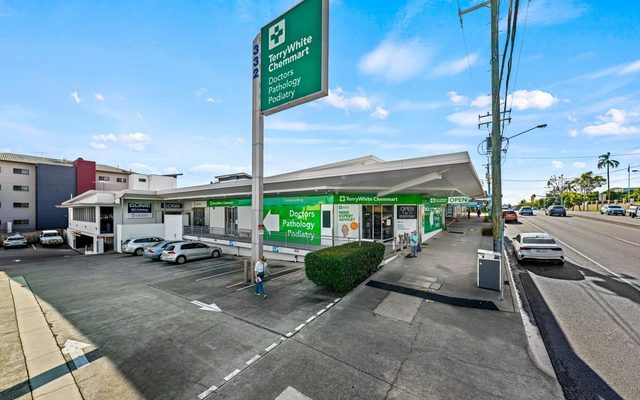This article is from the Australian Property Journal archive
ISPT and Australian Retirement Trust (ART) have secured the rights to develop a $585 million healthcare and life sciences hub at the University of Sydney.
The development will be a 30,000sqm NLA facility, which will be able to accommodate various uses such as a private hospital, consulting suites or specialist medical occupiers including pathology and diagnostics, education and medical research and life sciences organisations.
The property fund manager and superannuation fund secured the rights for the 6,000sqm site at Missenden Road, Camperdown under a 99-year lease from St John’s College at the University of Sydney.
The property sits between Royal Prince Alfred Hospital and the University of Sydney and is located within the Camperdown Health, Education and Research Precinct (CHERP).
“The site’s location in the Camperdown Health, Education and Research Precinct is highly advantageous – the precinct comprises other significant public and private health services, education facilities and research centres. The proposed ancillary health, education, research and commercial uses will complement other key facilities in the local area,” said Jason Lourensz, head of development, healthcare, life sciences and education at ISPT.
“The last few years have demonstrated why world-leading healthcare, research and pharmaceutical spaces are an absolute necessity, underpinning our desire to deliver more state-of-the-art healthcare facilities that can be co-created with key tenant partners to deliver higher levels of customer care, innovation and operational efficiency.”
With the number of people aged 65 and over set to grow from 16% in 2020 to 22% by 2026, Australians are expected to spend more than double current levels to $270 billion by 2035.
“Identifying and acting on market trends and conditions is critical to making informed investment choices that deliver strong returns for Australian Retirement Trust’s almost 2.4 million members,” said Mark Lee, senior portfolio manager and head of real estate at ART.
“Like many other OECD nations, Australia’s population is ageing. In combination with an increase in life expectancy thanks to modern medical advancements, and overall population growth, these trends naturally lead to an increase in demand for domestic healthcare services, which is why Australian Retirement Trust sees value in this space.
This represents ISPT’s third healthcare and life sciences project for a combined total healthcare-related portfolio of $1.4 billion. ISPT is looking to grow this portfolio through exposure to both public and private health services, education and medical precincts, research facilities, seniors living and care and life sciences.
With ISPT first moving into the space with industry super fund Hesta, acquiring a 50-year ground lease from St Vincent’s Health Australia (SVHA) on Melbourne’s city fringe to develop a $140 million on hospital campus building.
The Missenden Road project is a 50-50 joint venture between the ISPT Core Fund and ART, via a mandate with ISPT, who will act as development and investment manager for the property.
“ISPT Core Fund is pleased to be co-investing alongside ART in this exciting opportunity,” said Doug Cain, acting head of funds management at ISPT.
“Given strong, underlying market drivers, we view healthcare and life sciences as a highly defensible asset class and as we continue to grow our mandate business by delivering bespoke strategies and opportunities for our investors, this transaction demonstrates our ability to bring in capital partners to execute on our sector strategy.”
ISPT has also recently seen success with its speculative industrial developments in Western Sydney, after securing major leases with Coles and Australia Post.
With the fund manager also recently acquiring a circa 280-hectare site ‘Burrah Park’ in Badgerys Creek in JV with UniSuper and settling on 52 hectares in Kemps Creek.
ISPT is targeting lodging a development application for the Missenden Road project in Q1 2025, with practical completion currently anticipated for 2029.




